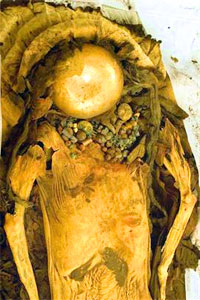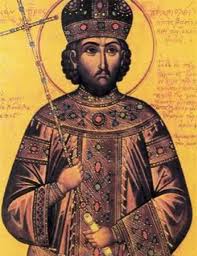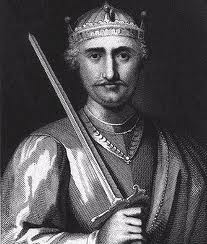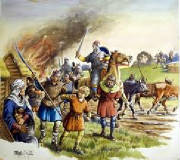|

IN 2005, the preserved corpse of
a female was found in a ceremonial burial site in Peru. The woman had been part of the Moche culture that thrived in
the area between AD 1 and AD 700. She had complex tattoos that covered both arms and other parts of her body.
|
|
|

The Roman Emperor Constantine banned the art of tattooing at the emergence of Christianity because it
was felt to "disfigure that made in God's image".
|
|
| |
|
|

The sanction that allowed Pilgrims to receive tattoos was passed. Once Pilgrims would make it to
Jerusalem, a Coptic priest sitting outside the walls would tattoo a simple cross or occasionally a more elaborate symbol to
prove they had made the journey.
|
|
|

In Britain, Pope Hadrian banned tattooing
referring to it as a barbaric custom and viewed it as "heathen practices". This resulted in only religious
tattoos being allowed during this time because they were thought to bring "spiritual rewards".
|
|
|

King Harold II of England was the first recorded royal to have been tattooed. It is unclear as
to the exact date he received his tattoo but he lived from AD 1022 to AD 1066. When he was killed in the Battle of Hastings,
the only way his sister could identify his body was because the words "Edith" and "England" were tattooed
over his heart.
|
|
|

The Norman Invasion of Europe caused
tattooing to disappear from Western Culture from the 12th century to the 16th century because the Normans disliked the art
and felt it to be an art of barbarians.
|
|
| |
Next
|
| |
|
| |
|
| |
|
| |
|
| |
|
| |
|
| |
|
| |
|
| |
|
| |
|
| |
|
| |
|

